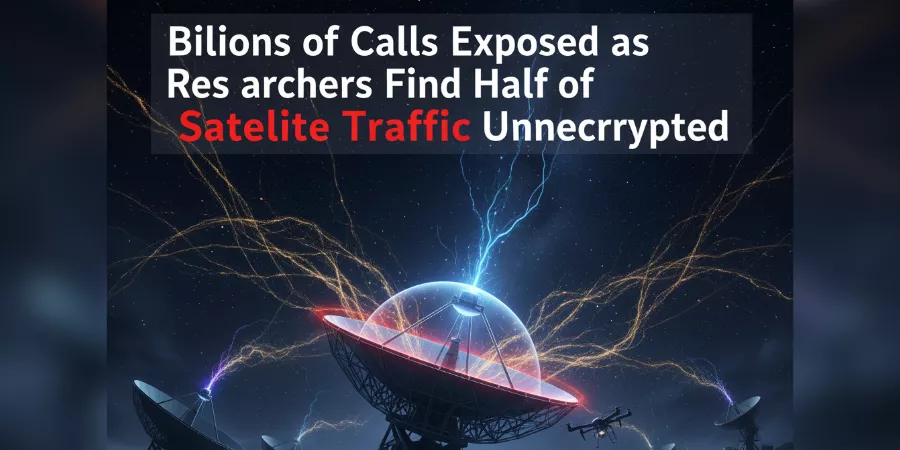Google just wrote a quarter-billion-dollar check and ignited a debate about whether it’s 救生索 or shackles for California journalism. The tech giant, alongside state lawmakers and news industry leaders, announced a landmark $250 million, five-year agreement to support struggling newsrooms across California. While Governor Gavin Newsom hails the deal as critical infrastructure for local journalism, critics including journalist unions and some legislators condemn it as a “shakedown” that allows Google to sidestep meaningful regulation while exerting undue influence over independent media. As newspapers shutter nationwide and print readership collapses, this controversial initiative raises fundamental questions: Can Big Tech save journalism, or is it simply buying its way out of accountability?
The Deal Structure: Where the Money Comes From
The $250 million commitment represents a complex funding arrangement spanning multiple sources over five years.
Google’s contribution forms the centerpiece, though the exact allocation between the tech giant, California taxpayers, and potential private donors hasn’t been fully disclosed in public announcements. This opacity has fueled skepticism among critics who question whether Google is truly bearing proportional responsibility for its role in disrupting traditional journalism business models.
The agreement strategically helps Google avoid a proposed California bill that would have mandated tech companies compensate news outlets when advertisements appear alongside their content a legislative approach similar to regulations implemented in Australia and proposed across Europe. By voluntarily funding newsrooms through this partnership, Google effectively pre-empts regulatory intervention that could have established more permanent structural changes to platform-publisher relationships.
For California, the deal offers immediate financial relief to embattled newsrooms without the political complexity of passing contentious legislation that tech industry lobbying groups would vigorously oppose. For Google, it transforms a potential regulatory obligation into a voluntary philanthropic initiative that generates positive public relations while maintaining control over funding terms and conditions.
Why California Journalism Needs Life Support
The $250 million isn’t addressing abstract concerns it’s responding to an existential crisis decimating local news infrastructure.
California has witnessed systematic newsroom closures and mass layoffs as traditional journalism economics collapsed. Print advertising revenue once the lifeblood of newspapers has evaporated as readers migrated online and advertising dollars followed them to platforms like Google and Facebook that aggregate content without bearing reporting costs.
The consequences extend beyond industry employment statistics. Communities lose accountability journalism monitoring local government, investigative reporting exposing corruption, and beat reporters covering city councils, school boards, and courthouses. When local newspapers close, civic engagement declines, municipal borrowing costs increase (due to reduced scrutiny), and misinformation flourishes in information vacuums.
Governor Gavin Newsom positioned the agreement as essential infrastructure investment: “This is a significant step forward in ensuring that our local news outlets can continue to serve their communities.” His framing treats journalism as public utility rather than purely commercial enterprise acknowledging that news production generates societal value exceeding private market returns.
Yet the very need for intervention highlights journalism’s broken business model. If advertising and subscription revenue adequately supported news production, this bailout would be unnecessary. The agreement implicitly concedes that market mechanisms alone cannot sustain the journalism democracy requires.
The News Transformation Fund: Targeted Support for Underrepresented Media
A centerpiece of the initiative is the News Transformation Fund, managed by UC Berkeley’s Graduate School of Journalism.
This structure allocates dedicated funding specifically for local and underrepresented publications recognizing that California’s media crisis disproportionately impacts ethnic media, community newspapers, and non-English language outlets serving immigrant populations. Mainstream legacy publications, despite their struggles, typically possess more resources and institutional stability than smaller operations serving marginalized communities.
By channeling funds through an academic institution rather than directly distributing money to publishers, the agreement creates a buffer intended to insulate editorial decisions from funder influence. UC Berkeley’s journalism school provides ostensibly neutral administration, evaluating applications based on journalistic merit rather than commercial viability or political considerations.
However, this governance structure also raises questions. Who determines which publications qualify as “underrepresented”? What criteria govern funding allocation decisions? How will administrators balance competing claims from struggling newsrooms across California’s diverse media landscape? The answers will determine whether the Fund genuinely democratizes access to resources or simply recapitulates existing power structures with a philanthropic veneer.
Google’s AI Innovation Accelerator: Solution or Conflict of Interest?
Beyond direct newsroom funding, Google committed to supporting a National AI Innovation Accelerator exploring how artificial intelligence can assist journalism.
This component reflects broader industry trends as news organizations experiment with AI for content generation, personalization, fact-checking, and audience analytics. Proponents argue AI tools can amplify human journalists’ productivity automating routine tasks while freeing reporters for complex investigative work requiring judgment, source cultivation, and ethical reasoning.
Yet Google’s involvement in AI-for-journalism initiatives creates inherent conflicts of interest. The company developing AI systems that could potentially automate journalistic functions is simultaneously funding research into those applications. Will the Innovation Accelerator genuinely explore AI’s implications for journalism employment, or will it functionally serve as an R&D lab advancing Google’s commercial AI products?
Critics note that AI-generated content, while cost-effective, risks homogenizing news coverage, eliminating the local knowledge and institutional memory that distinguish quality journalism from algorithmically-assembled information aggregation. If the Innovation Accelerator primarily advances efficiency-focused automation rather than journalist-augmenting tools, it could accelerate rather than arrest journalism’s employment crisis.
Google also committed to maintaining existing journalism support programs including training initiatives and investigative reporting grants. These longstanding efforts have funded valuable journalism, but they also provide Google with philanthropic credentials that complicate regulatory conversations about platform responsibilities.
The “Shakedown” Critique: Union and Lawmaker Pushback
Not everyone celebrates the agreement. A union representing journalists condemned the deal as a “shakedown” that disproportionately benefits Google while providing insufficient resources to meaningfully address journalism’s structural challenges.
The union’s critique centers on power dynamics. By pre-empting legislation through voluntary funding, Google maintains control over terms, duration, and conditions a fundamentally different arrangement than regulation establishing permanent obligations. When the five-year agreement expires, California journalism could face identical crises with no guaranteed continued support.
Some lawmakers echo concerns that the $250 million, while substantial in absolute terms, falls short of what comprehensive journalism support requires. Divided across five years and California’s enormous geographic and demographic scale, the funding provides perhaps $50 million annually for a state with nearly 40 million residents roughly $1.25 per Californian per year.
Compare that figure to journalism employment losses and revenue declines spanning decades, and the funding gap becomes apparent. The deal might slow journalism’s contraction rather than reverse it buying time without fundamentally solving the business model crisis that created the emergency.
The Precedent Problem: Can Tech Buy Its Way Out of Regulation?
Perhaps the agreement’s most significant impact extends beyond California establishing a template for how tech platforms might avoid regulation through strategic philanthropy.
If voluntary multi-million-dollar commitments successfully preempt legislation mandating structural changes to platform-publisher relationships, other tech companies facing similar regulatory pressure will replicate the strategy. The result: a patchwork of time-limited, discretionary funding arrangements rather than durable legal frameworks establishing permanent obligations.
Proponents of this model argue it delivers immediate resources to struggling newsrooms faster than protracted legislative battles, with flexibility to adapt as circumstances evolve. Critics counter that it perpetuates power imbalances, allowing tech companies to dictate terms and potentially influence coverage through funding leverage even if indirectly.
The Australian precedent offers instructive comparison. Australia’s News Media Bargaining Code compelled platforms to negotiate compensation with publishers, creating ongoing financial relationships rather than one-time philanthropic gestures. While imperfect and controversial, the Australian approach establishes structural obligations transcending individual corporate goodwill.
What Happens Next: Five Years to Prove Viability
The agreement’s true impact won’t be clear for years, as funding flows through various channels and newsrooms adapt operations to new resource availability.
Success metrics should include: number of journalism jobs preserved or created, geographic distribution of funded outlets, diversity of voices supported, and sustainability of funded organizations beyond the five-year term. If the initiative simply delays inevitable closures rather than building viable business models, its legacy will be decidedly mixed.
The News Transformation Fund’s administration will prove critical. Transparent allocation processes, diverse stakeholder input, and accountability mechanisms will determine whether funding genuinely serves California’s information needs or primarily benefits well-connected legacy institutions.
As the initiative unfolds, it provides a real-world test case for whether philanthropic interventions can stabilize journalism during its business model transition or whether more fundamental restructuring of platform-publisher relationships remains necessary.
One certainty: $250 million won’t answer that question definitively. But it might buy enough time to figure out what comes next.
















